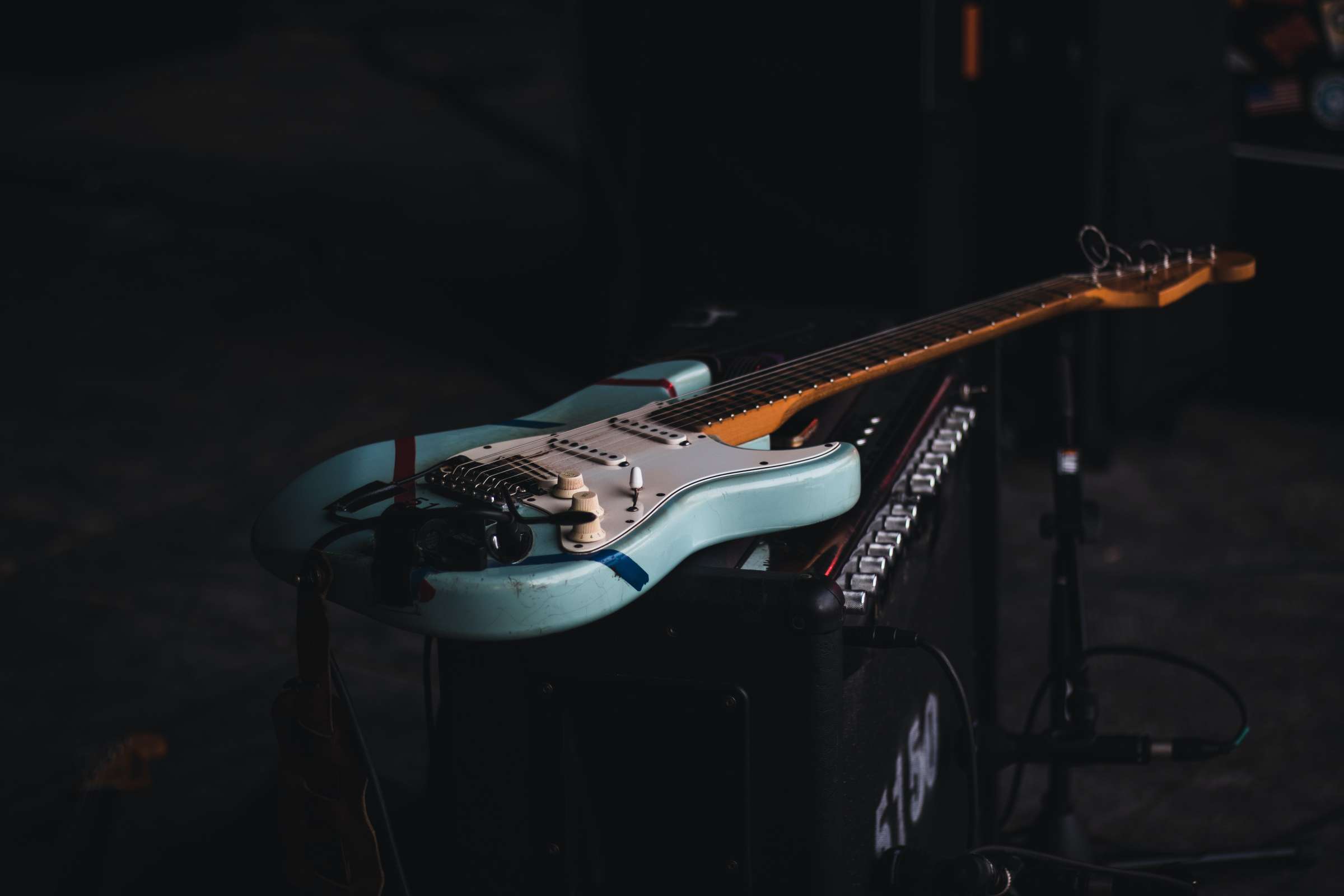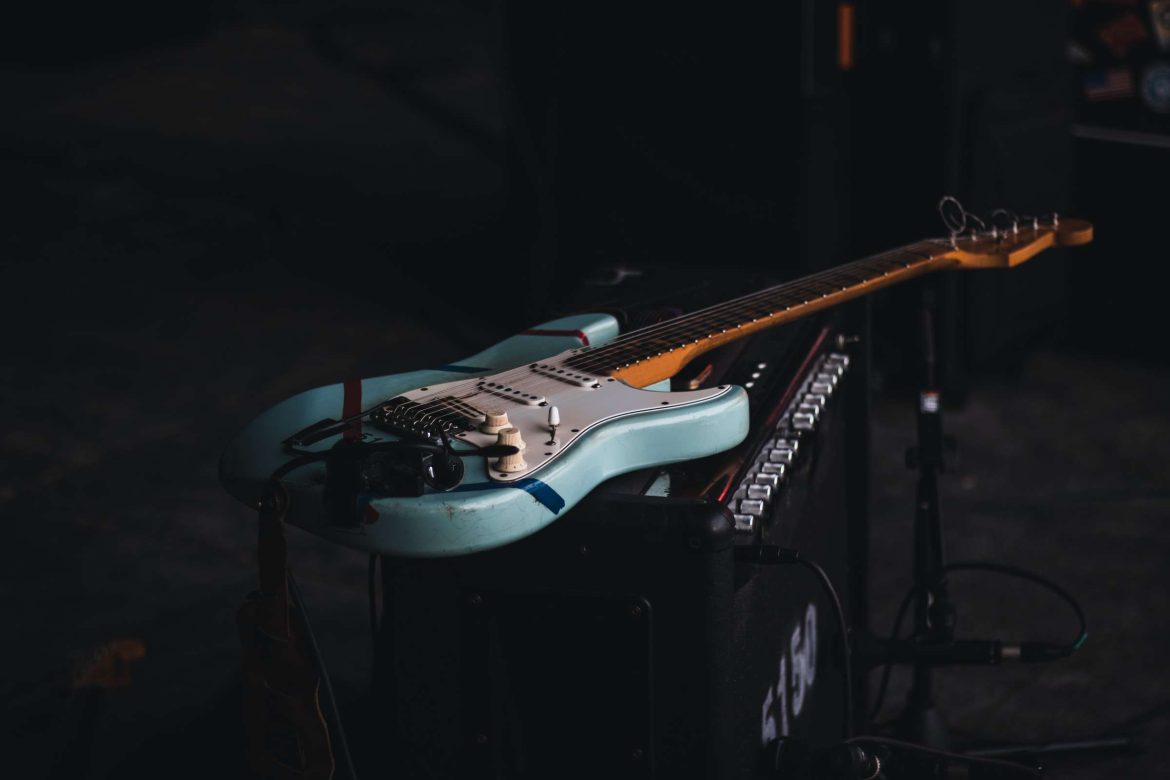As the heart of a musician’s setup, amplifiers play a pivotal role in the tonal characteristics of their instruments.
Their features, combined with the musician’s skills, can elevate guitar playing to unimaginable heights.

It’s essential to understand amplifiers, their unique features, and the practices that can maximize their potential.
Amplifiers Review: The Sonic Palette at Your Fingertips
The world of guitar amplifiers is vast, offering a plethora of choices for every musician.
From tube to solid-state, from vintage vibes to modern tones, the right amplifier can accentuate your sound or radically alter it.
Line 6 Spider V 20 – A Glimpse into Modern Versatility
In the realm of guitar amplifiers, the Line 6 Spider V 20 is a noteworthy mention.
As part of the Spider series, it epitomizes the convergence of technology and musicality.
Equipped with an array of effects and modeling capabilities, the Spider V 20 provides guitarists the ability to venture into various sonic territories without needing a plethora of external pedals.
From sparkling cleans to the grittiest distortions, this amp’s versatility makes it an ideal choice for both beginners and seasoned players.
While finding a relevant review is crucial for any amplifier purchase, it’s always advised to experiment personally.
After all, an amp’s true value is realized when its resonance aligns with the musician’s soul.
Also Read: Master Guitar Skills: Finger Exercises for Enhanced Playing
Tube vs. Solid-State: The Eternal Debate
For decades, the debate between tube and solid-state amplifiers has raged on.
Tube amplifiers are often lauded for their warmth and organic responsiveness, giving guitarists a dynamic playability.
In contrast, solid-state amps are cherished for their reliability, consistency, and often more affordable pricing.
Each type offers its unique characteristics, and the choice often boils down to personal preference and musical requirements.
Built-in Effects: The New Frontier
Modern amplifiers are increasingly equipped with built-in effects. Reverb, delay, modulation, and even amp modeling can now be found in many amplifiers.
This integration provides a convenience that can’t be overstated.
Musicians can shape their tone, experiment with soundscapes, and even emulate different amp models, all from a single unit.
The evolution of amplifiers with built-in effects underscores the industry’s push towards flexibility and innovation.
Guitar Exercises: The Path to Mastery
Skill enhancement is a journey, not a destination.
Beyond the gear and technology, the fingers that strum the strings and the hands that caress the fretboard play an undeniable role in guitar artistry.
The Importance of Regular Practice
Mastery comes with consistency. Just as an athlete trains daily, guitarists should embed practice into their routine.
Regular practice not only enhances technical proficiency but also instills a discipline that’s vital for growth.
Dedicating time daily, even if it’s just a few minutes, can lead to significant improvements over time.
Finger Exercises: Building Strength and Dexterity
Fingers are the guitarist’s primary tools. To ensure they respond with agility and strength, finger exercises are indispensable.
Techniques like hammer-ons, pull-offs, and spider exercises stretch and strengthen the fingers, facilitating faster and cleaner playing.
These exercises also improve fretboard navigation, making transitions between chords and scales seamless.
Incorporating Musicality into Exercises
While technical drills are crucial, they should be balanced with musical applications.
For instance, practicing scales can be turned into melodic exercises. Instead of just running up and down a scale, guitarists can create mini compositions, incorporating bends, slides, and vibratos.
This approach ensures that while the fingers get the necessary workout, the ear is also trained to recognize melodic patterns and nuances.
Harnessing the Power of Pedals: Expanding Your Sonic Horizons
The realm of guitar playing isn’t restricted to just the instrument and the amplifier.
In the modern era, pedals have become an integral part of a guitarist’s toolkit, each one opening doors to new and diverse soundscapes.
Integrating pedals into your setup can redefine your sound, allowing you to sculpt tones and craft sonic textures that are truly unique.
Overdrive and Distortion: The Pillars of Rock
Diving into the world of guitar pedals, overdrive and distortion units are perhaps the most iconic.
While they both push your guitar’s signal to create a ‘clipped’ sound, their characteristics are distinct.
Overdrive pedals tend to provide a warmer, more dynamic response, often emulating the natural breakup of a tube amplifier.
Distortion pedals, on the other hand, deliver a harder-edged, saturated tone, making them ideal for heavier rock and metal genres.
By understanding the nuances between these two, guitarists can choose the right pedal that aligns with their musical vision.
Modulation Effects: Crafting Movement and Depth
If overdrive and distortion are the backbone of rock, modulation effects are the wings that let the sound soar.
Comprising pedals like chorus, phaser, flanger, and tremolo, modulation effects add depth, movement, and space to the guitar tone.
A chorus pedal, for example, thickens the sound by slightly detuning and delaying the original signal, creating a lush, shimmering effect.
Phasers and flangers, on the other hand, play with phase shifts to produce sweeping, jet-like sounds.
By adding modulation effects, guitarists can introduce an ethereal dimension to their sound, making it feel expansive and immersive.
Time-Based Effects: Echoes of the Past and Future
Delay and reverb pedals fall under the category of time-based effects.
A delay pedal captures the guitar’s signal and plays it back after a short period, creating an echoing effect.
These echoes can be manipulated in terms of feedback (how many times they repeat) and delay time (how quickly they return).
Reverb, however, emulates the sound reflections of different environments, be it a small room or a vast cathedral. It provides a sense of space around the sound.
By integrating time-based effects, guitarists can create sonic layers, building atmospheric and ambient textures that captivate the audience.
Also Read: How to Learn the Keyboard Fast and Easy – 6 Tips to Learn
Final considerations
The relationship between a guitarist and their amplifier is intimate. It’s a bond that’s forged over countless hours of playing, experimenting, and discovering one’s unique voice.
Understanding amplifier features and diligently practicing can transform this bond into a harmonious symphony, captivating listeners and transporting them into the world of melodies and rhythms crafted by the musician.
Whether you’re a beginner looking to find your first amplifier or a seasoned pro exploring new sonic landscapes, remember that the journey of music is endless, filled with discoveries waiting at every turn.




